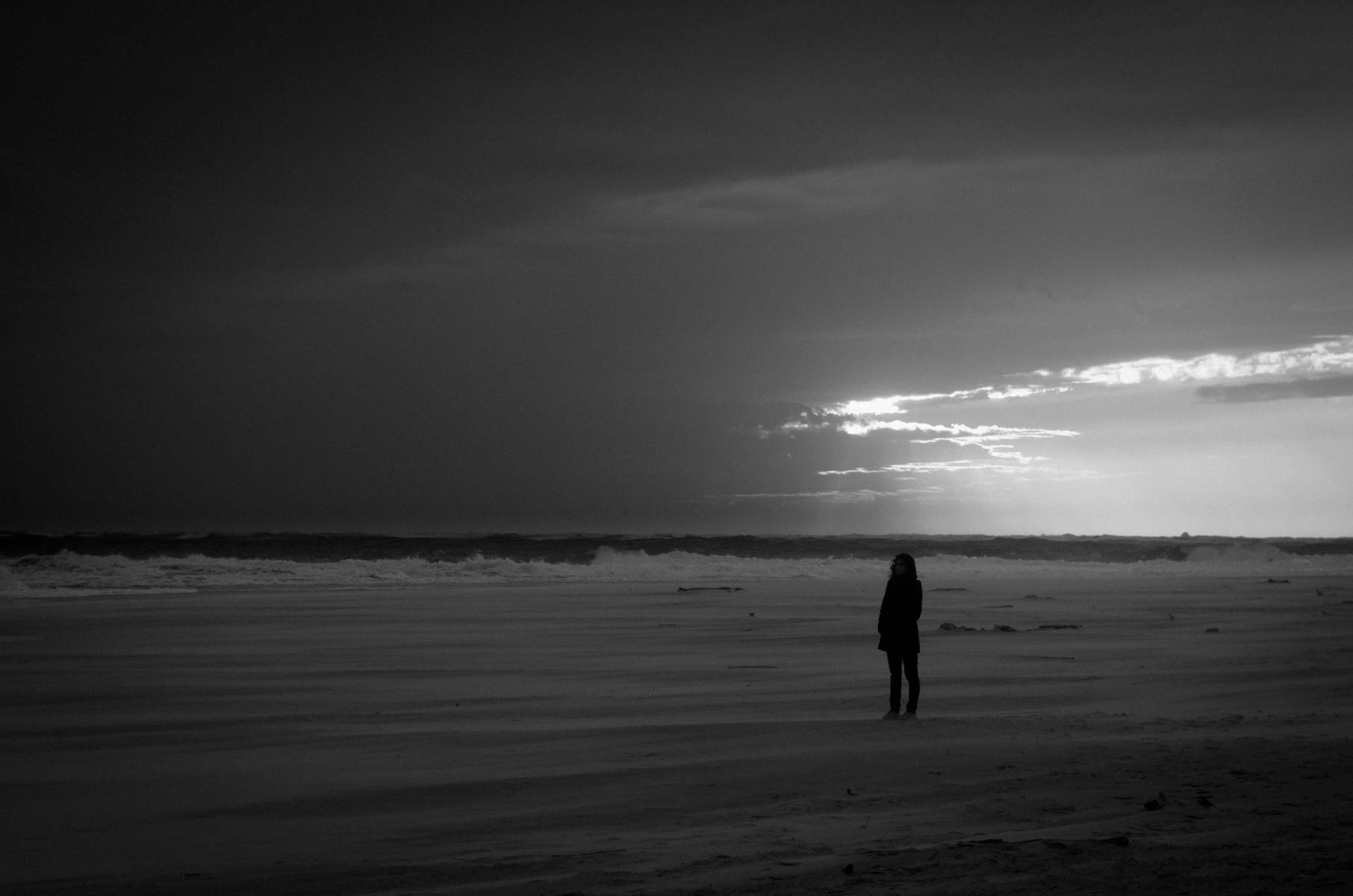Ever wondered why wind and sea have such a massive impact on our planet? They're not just random forces of nature; they're powerful elements that shape our world in ways you might not even realize. From generating renewable energy to influencing weather patterns, the wind and sea are key players in our ecosystem. Let's dive deep into this fascinating topic and uncover what makes them so crucial.
Think about it. The wind blows through your hair, and the sea crashes against the shore, but have you ever stopped to think about how these natural phenomena work together? It's like a perfect dance where one leads, and the other follows. Understanding wind and sea isn't just about science; it's about appreciating the beauty and power of Mother Nature.
And hey, if you're here, you're probably curious about how these forces affect everything around us. Whether you're into renewable energy, climate science, or simply fascinated by the ocean's mysteries, this article's got you covered. So, buckle up, and let's explore the wild world of wind and sea!
Read also:Gatlinburg Cabins With Private Indoor Pools Your Ultimate Relaxation Guide
What Are Wind and Sea?
Okay, let's break it down. Wind and sea are basically two of nature's most powerful forces. The wind is the movement of air caused by differences in atmospheric pressure, while the sea is this massive body of saltwater that covers about 71% of the Earth's surface. Pretty cool, right? But here's the kicker: they're interconnected in ways that blow your mind.
The wind plays a huge role in driving ocean currents, which in turn affect weather patterns and climate. Meanwhile, the sea influences wind patterns by releasing heat and moisture into the atmosphere. It's like a never-ending loop of cause and effect.
Why Are Wind and Sea Important?
Well, for starters, they're essential for life on Earth. The wind helps distribute heat around the planet, keeping temperatures balanced. Without it, some parts of the world would be way too hot, while others would freeze solid. As for the sea, it's home to millions of species and provides us with food, water, and even oxygen.
Plus, both wind and sea are vital for renewable energy. Think about wind turbines and wave energy converters. They're harnessing the power of these natural forces to generate clean energy. So yeah, wind and sea aren't just cool to look at; they're also super useful.
Understanding Wind Patterns
Let's talk about wind patterns. They're not as random as you might think. There are specific wind belts that circle the globe, each with its own characteristics. For example, the trade winds are steady and predictable, blowing from east to west near the equator. Then you've got the westerlies, which blow from west to east in the mid-latitudes.
These wind patterns are influenced by factors like the Earth's rotation, temperature differences, and even the shape of the land. And here's the thing: they have a massive impact on weather and climate. Ever heard of El Niño? That's a perfect example of how wind patterns can affect global weather systems.
Read also:Patriot Ledger Obits This Week A Heartfelt Tribute To Lives Remembered
Types of Wind
- Trade Winds: Steady and predictable, blowing near the equator.
- Westerlies: Strong winds that dominate the mid-latitudes.
- Polar Easterlies: Cold winds that blow from the poles towards the equator.
Each type of wind has its own unique role in shaping our planet's climate. And understanding them is key to predicting weather patterns and preparing for natural disasters.
The Mysteries of the Sea
Now let's dive into the sea. It's not just a big blue expanse of water; it's a complex ecosystem full of mysteries. The sea is home to countless species, from tiny plankton to giant whales. And it's not just about marine life; the sea also plays a crucial role in regulating the Earth's climate.
For example, the ocean absorbs about 30% of the carbon dioxide we produce, helping to mitigate the effects of climate change. But here's the catch: it's also becoming more acidic as a result, which poses a threat to marine life. So yeah, the sea is both a blessing and a challenge.
Exploring Marine Life
Did you know that the ocean is home to more than 200,000 known species? And that's just the ones we've discovered so far. There are probably millions more waiting to be found. From colorful coral reefs to deep-sea trenches, the ocean is full of wonders.
And it's not just about fish and dolphins. The ocean is also home to some of the most bizarre creatures you'll ever see. Think about the anglerfish with its glowing lure or the blobfish with its sad face. These creatures remind us just how diverse and fascinating the ocean really is.
Wind and Sea in Renewable Energy
Now let's talk about something really cool: how wind and sea are being used to generate renewable energy. Wind turbines and wave energy converters are two of the most promising technologies in this field. They're harnessing the power of nature to provide clean energy for millions of people around the world.
And here's the best part: they're sustainable. Unlike fossil fuels, wind and sea energy won't run out anytime soon. Plus, they produce little to no greenhouse gas emissions, making them a great option for combating climate change.
Challenges in Renewable Energy
Of course, there are challenges to overcome. For example, wind turbines can be noisy and take up a lot of space. And wave energy converters are still in the early stages of development, so they're not as efficient as they could be. But scientists and engineers are working hard to solve these problems and make renewable energy even more accessible.
Impact of Wind and Sea on Climate
Let's talk about the elephant in the room: climate change. Wind and sea have a huge impact on our planet's climate, and vice versa. As the Earth warms up, it's affecting wind patterns and ocean currents, which in turn are causing more extreme weather events.
For example, hurricanes and typhoons are becoming more intense due to warmer ocean temperatures. And sea levels are rising as glaciers and ice caps melt. These changes are having a ripple effect on ecosystems and communities around the world.
Adapting to Climate Change
So, what can we do about it? Well, for starters, we can reduce our carbon footprint by using more renewable energy and being more energy-efficient. We can also work to protect vulnerable ecosystems and communities from the impacts of climate change.
And here's the thing: every little bit helps. Whether it's recycling, reducing waste, or supporting renewable energy projects, we all have a role to play in protecting our planet.
Conservation Efforts for Wind and Sea
Conservation is key when it comes to protecting wind and sea resources. There are tons of organizations and initiatives out there working to preserve marine life, reduce pollution, and promote sustainable energy practices. Some of them are doing amazing work, and they could use your support.
For example, the Ocean Conservancy is focused on protecting marine ecosystems and addressing issues like plastic pollution. And the Global Wind Energy Council is working to promote the use of wind energy around the world. By supporting these organizations, you're helping to make a difference.
How You Can Help
There are plenty of ways you can get involved in conservation efforts. You can volunteer with local organizations, donate to causes you care about, or even make small changes in your own life. Things like reducing plastic use, supporting sustainable seafood, and conserving energy can all make a big impact.
Fun Facts About Wind and Sea
Let's end on a fun note with some cool facts about wind and sea. Did you know that the fastest wind ever recorded was 253 miles per hour during Cyclone Olivia in 1996? Or that the deepest part of the ocean, the Mariana Trench, is about 36,000 feet deep? These facts remind us just how powerful and mysterious these natural forces really are.
And here's another fun one: the ocean produces about half of the oxygen we breathe. So yeah, the next time you take a deep breath, thank the ocean for keeping you alive!
Did You Know?
- The windiest place on Earth is Commonwealth Bay in Antarctica.
- The ocean covers about 71% of the Earth's surface.
- There are more microorganisms in the ocean than there are stars in the universe.
Conclusion
So, there you have it. Wind and sea are two of the most powerful forces on our planet, and they play a crucial role in shaping our world. From generating renewable energy to influencing climate patterns, they're essential for life as we know it.
And here's the thing: we can all do our part to protect these incredible resources. Whether it's supporting conservation efforts, reducing our carbon footprint, or simply learning more about how they work, every little bit helps.
So, what do you think? Are you ready to take action and make a difference? Leave a comment below and let me know what you're doing to protect wind and sea resources. And don't forget to share this article with your friends and family so they can learn more too!
Table of Contents
- What Are Wind and Sea?
- Why Are Wind and Sea Important?
- Understanding Wind Patterns
- Types of Wind
- The Mysteries of the Sea
- Exploring Marine Life
- Wind and Sea in Renewable Energy
- Challenges in Renewable Energy
- Impact of Wind and Sea on Climate
- Adapting to Climate Change
- Conservation Efforts for Wind and Sea
- How You Can Help
- Fun Facts About Wind and Sea
- Did You Know?
- Conclusion


